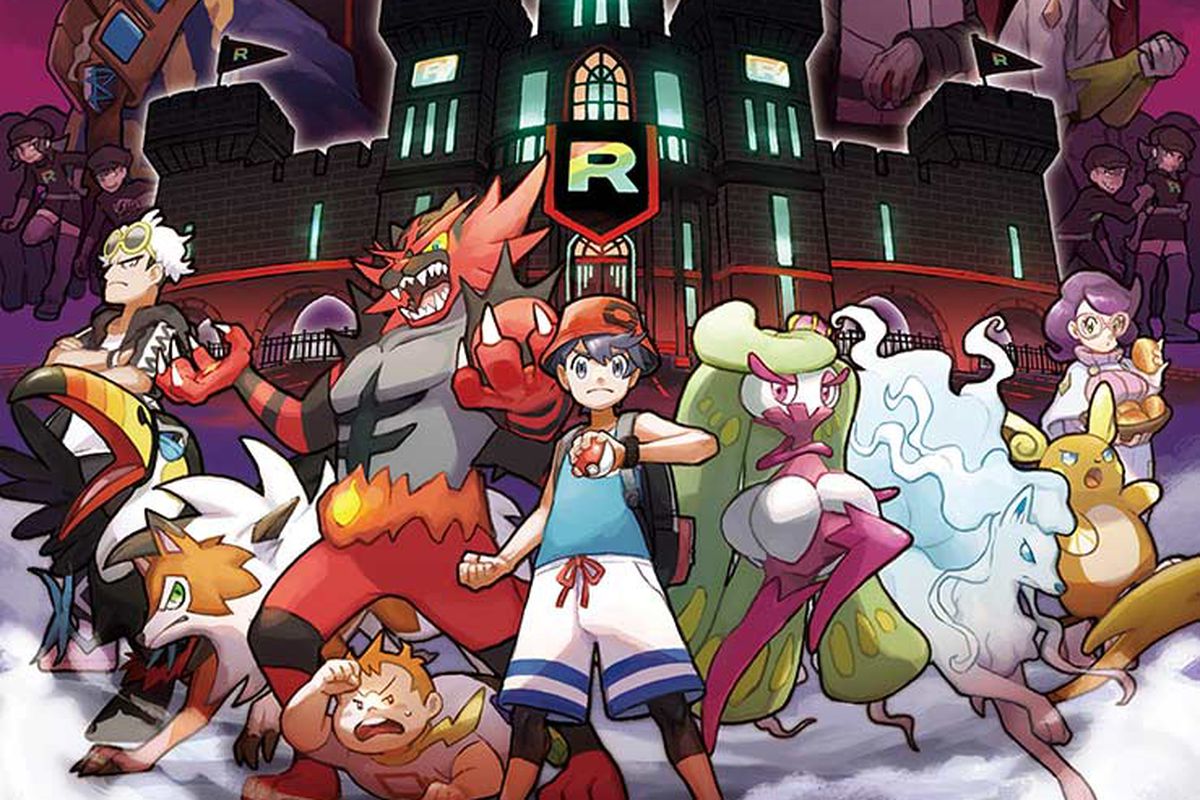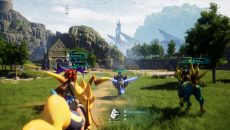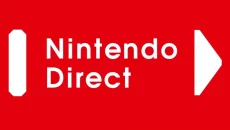“Pokemon: Ultra Sun and Moon” are the last entries in the series planned to release on Nintendo 3ds. (Photo courtesy of Nintendo)
Vernon Gibbs
Connector Staff
Nintendo and Game Freak have a bad habit of creating expansion packs for their Pokémon games and selling them as separate games a couple years later for some easy money. “Pokémon: Ultra Sun” and “Pokémon: Ultra Moon” (also known as USUM) were first released worldwide on Nov. 17, 2017 to continue off the success of last year’s “Sun and Moon.” Placed into the fantastic, yet familiar world of Pokémon, you play as a young trainer setting off on his journey through the Alola region.
Whether the player is a newcomer or has been around since generation one, “USUM’s” gameplay is easy enough to learn. The player journeys about the region of Alola, picking up items and addressing dangers as they come. When a battle breaks out, you command your Pokémon partners as they fight against their enemy in a turn-based RPG. Even with the nuances in each Pokémon’s abilities, it doesn’t take long to learn the basics and enjoy Pokémon’s simple core design.
This being a Nintendo game, it comes to nobody’s surprise to see “USUM” have stunning art design. The cheerful and vibrant environments of Alola are an invitation to the player, coaxing them to search all over the area for the inevitable secrets it holds. Role playing games have been known for their memorable battle music, and Pokémon keeps up with tradition in this instalment. “USUM’s” visuals and soundtrack alike work together to paint a picture for the player, one that they will not soon forget.
Pokémon has never had a reputation for its storytelling, but “USUM” does succeed in telling a stronger story than the original “Sun and Moon.” Taking place in an alternate timeline from the original, “USUM” takes lengths in introducing a more cohesive conflict for the player without making drastic changes to the gameplay. Characters are developed further, and the main antagonist is given a more understandable motive than “gone crazy at some point.”
In addition, “USUM” does provide additional content for fans of the series. Local Pokémon are more diverse, and certain items are easier to stock up on (beast balls being a notable example). The postgame is much bigger than before, too. Where the original games had a meager “search and destroy” side mission to complete, “USUM” replaces that with a much longer and more complete campaign in an entirely new area. Through the use of a new (if slightly frustrating) minigame, players have access to encounters with some of the rarest Pokémon in the series, providing a host of new challenges for casual and hardcore fans alike.
One cannot forget that this is by-and-large an expansion pack, though. Much of what makes “USUM” a good game can be attributed to its predecessor “Sun and Moon,” with many of that game’s flaws carrying over. The main story of “USUM” is agonizingly slow, with very little to engage the player outside of heading to the next area. This was frustrating enough on the first run through, and does not get any better for people who have already played “Sun and Moon.” The postgame content is certainly fun, but such a perk cannot make up for how little of the base game has been changed for this version. If one has no interest in playing “USUM” beyond its story, then they are better off waiting for the eventual gen-four remakes.
“USUM” is also a disappointment when looked at in comparison to other sequels in the Pokémon series. The last sequel game in the series was “Pokémon Black 2 and White 2,” a fifth generation game released over five years ago. Unlike “USUM,” “BW2” acted as a direct sequel to the original “Black and White,” complete with a new story and heavier additions to gameplay. Such a change made the fifth generation well-known for its stronger story elements which is enough to make up for its gameplay. It comes as a surprise then that Game Freak devolved from such a leap in quality for sequels, instead replacing it with the older format of the same game, but more post-game content. “USUM” is a step backwards for the series, a mistake that one can only hope will not continue.
Pokémon has always been a bestseller, and this does not change for “USUM.” Outfitted with Nintendo’s trademark polish, this game holds hours of casual and serious gameplay alike. The main story can hold one’s attention for 30 to 40 hours, while completing postgame content can take up to five to 10 hours. If one skipped out on “Sun and Moon” previously, “Pokémon: Ultra Sun” and “Pokemon: Ultra Moon” are worth picking up, but fans of those games should let this release pass them by.
Final score: B-




